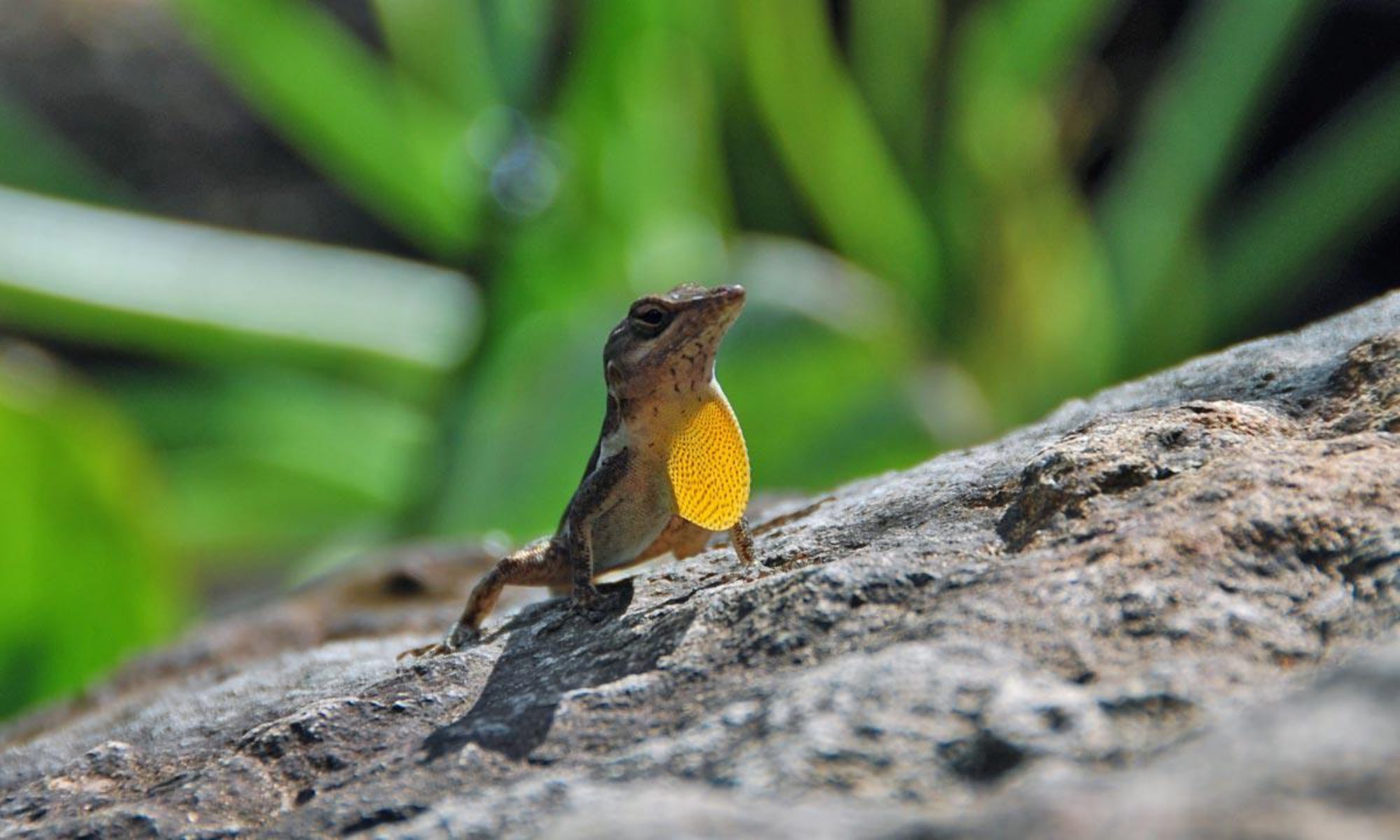The quintessential Caribbean Beach looks very different today compared to 30 years ago. Coconut palm lined sleepy beaches used to grace all the brochures. However, the non-native coconut palm is only part of the story. There are many ‘wild’ beaches without a coconut in sight. Caribbean Seashore plants in SXM are an important defense against erosion. Which have you spotted?
Manicured beaches may look nice on the outside, but constantly raking small amounts of seaweed and large amounts of human trash comes at a cost. More and more beaches go from concrete (or lawn) to sand, to water. We are loosing our seashore plants, and with them, we are loosing our sand, shade, and natural habitats!
Seagrape – Coccoloba uvifera
Native to Tropical America and the Caribbean
Purple fruits
Seagrapes can be hedges or shade trees. The ripe fruit are a seasonal favorite. Drought, wind, and salt tolerant, Seagrapes make an excellent (and useful) native landscape plant.
Beach Sheoak, Australian Pine –
Casuarina equisetifolia
Native to the Pacific region
Introduced to the Caribbean
As an introduced species, there are better landscape choices than Casuarina equisetifolia.
Manchineel – Hippomane mancinella
Native to the Caribbean basin
Endangered in some locations
All parts toxic!
All parts of this native tree contain toxins and skin irritants. Don’t stand under this tree in the rain! This tree is less common in St Martin since Hurricane Luis wiped out a lot of it in 1995.
Goat’s-foot Morning-Glory – Ipomoea pes-caprae
Pantropical
A common sand stabilizer with stunning but short-lived purple flowers.
Nickernut – Guilandina bonduc
Pan Tropical
Nickernuts, the buoyant hard, gray beans found inside prickly pods, are dispersed around the worlds oceans.
Sargassum – S. natans / S. fluitans
Pan Tropical and Temperate Oceans
Sargassum is a pelagic (free-floating) seaweed species which begun washing ashore in large quantities around 2011. While not a shore stabilizing plant, moderate amounts of sargassum does play a role in stabilizing and rebuilding beaches. More on sargassum HERE.
Buttonwood – Conocarpus erectus
Pantropical
Buttonwood is a salt and wind tolerant mangrove species. There is a silver variation (conocarpus erectus var. sericeus) which makes a striking hedge. Most buttonwood found on SXM was intentionally planted, although the Caribbean is listed as part of its native range.
Which plants have you seen? Which are your favorites? Can you identify the dangerous Manchineel?






































